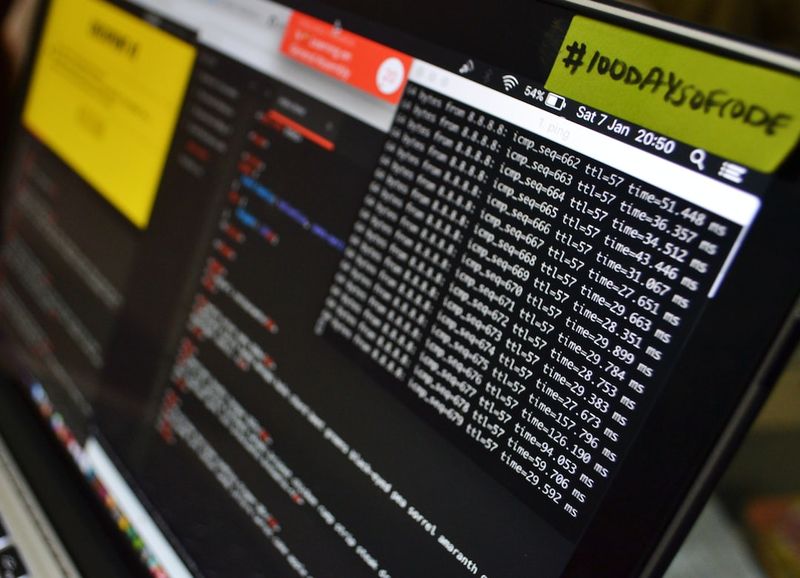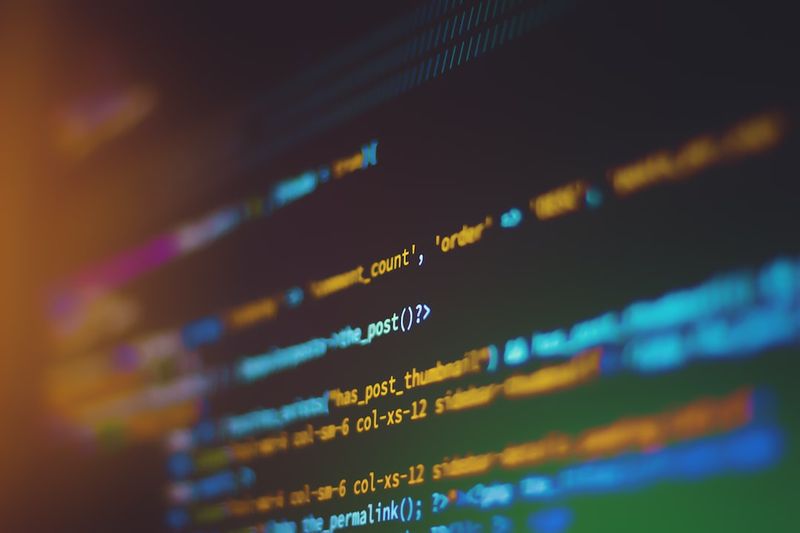Data Breaches: 1.5 Million Impacted by Ransomware Attack at Canadian Dental Service
Overview
The personal information of 1.5 million individuals has been compromised in a ransomware attack at Alberta Dental Service Corporation (ADSC), a Canadian dental benefits administrator. The attack, which was first discovered on July 9, allowed the hackers access to the network for over two months before deploying file-encrypting malware. ADSC has confirmed that the attackers had copied certain data from the compromised systems, including personal and banking information. The impacted individuals include those enrolled in the Alberta Government’s Dental Assistance for Seniors Plan, the Alberta Government’s Low-Income Health Benefits Plans, and Quikcard. Additionally, Quikcard brokers and dental services providers enrolled with ADSC to receive direct payment for eligible health claims were also affected.
Response and Recovery
ADSC has informed the affected individuals and stated that it was able to recover the affected systems and data with minimal impact to its operations. The organization claims that it has taken steps to ensure that any personal or corporate information accessed or copied from its systems has been deleted and protected against fraudulent misuse. While ADSC does not provide specific details on the ransomware gang behind the attack, it has been reported that a ransom payment was made to the 8Base ransomware gang, who provided proof that the stolen data was deleted. ADSC President Lyle Best has confirmed that the initial intrusion vector was a phishing email and that the organization was able to restore the encrypted data from backups.
Internet Security and Preventive Measures
This ransomware attack at ADSC highlights the continued threat posed by cybercriminals seeking to exploit vulnerabilities in networks and systems. It is essential for organizations and individuals to maintain strong internet security measures to safeguard their data.
Firstly, organizations and individuals should ensure that their systems have robust security protocols in place, including firewalls, antivirus software, and regular security updates. Regularly backing up data and storing it securely offline will also provide a means of recovery in case of an attack.
Secondly, training employees to recognize and avoid phishing emails is crucial. Phishing emails are often the initial entry point for cyberattacks. Organizations should educate their employees on how to identify and report suspicious emails, and implement security measures such as two-factor authentication and strong password policies.
Thirdly, implementing network segmentation can help limit the spread of malware within a network. By dividing a network into smaller subnetworks, the impact of a potential breach can be contained, preventing attackers from moving laterally and accessing sensitive information.
Philosophical Discussion: The Value of Personal Data
This latest data breach raises important questions about the value and protection of personal data in the digital age. Personal information, such as names, addresses, and government-issued identification numbers, is highly valuable to cybercriminals who can use it for various nefarious purposes, including identity theft, financial fraud, and targeted phishing attacks.
The increasing interconnectedness of our lives through technology means that our personal data is constantly at risk. This raises concerns about the balance between convenience and privacy. As individuals, we often willingly share our personal information with companies and organizations in exchange for access to services or personalized experiences. However, this trust in data custodianship must be met with a corresponding commitment to robust cybersecurity measures.
Editorial: Strengthening Data Protection Laws
In light of the rising number of data breaches and cyberattacks, there is a growing need for stronger data protection laws and regulations. Governments must prioritize the development and enforcement of cybersecurity standards to hold organizations accountable for safeguarding personal data. Additionally, there should be consequences for organizations that fail to adequately protect the data they collect and store.
Furthermore, it is essential for individuals to be vigilant in protecting their own data. This includes regularly monitoring financial accounts, enabling alerts for suspicious activity, and using strong, unique passwords for online accounts. Additionally, individuals should be cautious when sharing personal information online and only provide it to reputable and trustworthy organizations.
Advice
In this era of heightened cybersecurity threats, it is crucial for individuals and organizations to take proactive measures to protect their sensitive data. Some key recommendations include:
1. Regularly update and patch all software and applications to protect against known vulnerabilities.
2. Implement strong, unique passwords for all online accounts and enable multi-factor authentication whenever possible.
3. Be cautious of phishing emails and avoid clicking on suspicious links or downloading attachments from unknown senders.
4. Back up important data regularly and store it securely offline to protect against ransomware attacks.
5. Monitor financial accounts for any unauthorized activity and report any suspicious incidents immediately.
By following these best practices and remaining vigilant, individuals and organizations can significantly reduce their vulnerability to cyberattacks and protect their valuable personal data.

<< photo by Sigmund >>
The image is for illustrative purposes only and does not depict the actual situation.
You might want to read !
- North Korean Hackers Exploit npm Packages: Uncovering a Malicious Wave
- Unveiling the Hidden Dangers: White House Takes Action on Harmful Data Broker Practices
- “Unmasking the Threat: The Lingering Persistence of ATM Card Skimming”
- The Rising Threat of Gigabud RAT: Android Banking Malware Spreads its Reach Across Multiple Countries
- The Ominous Rise of Ransomware Attacks: Zero-Day Exploits Take Center Stage
- The Escalation of Ransomware Attacks: Exploring the Alarming Impact of Zero-Day and One-Day Vulnerabilities
- The Future of Browser Security: Enhancing Protection Against Phishing and Ransomware Attacks with AI Power
- Cyberattack Forces CardioComm to Disconnect Systems
- Guarding the Future: Plurilock Unveils PromptGuard, an AI Breakthrough
- Chinese Cyber Espionage: Unmasking the US Government Email Breach
- How Cybercriminals Exploit Abandoned Websites as Phishing Bait
- Why Locking Down APIs is Crucial for Preventing Data Breaches
- The Alarming Consequences of the Cl0p MOVEit Breach: Massive Health Data Theft in Colorado
- The Rise of QwixxRAT: Unleashing a New Era of Remote Access Trojan Attacks
- The Surge of Rhysida Ransomware: A Growing Threat to Healthcare Operations
- Colorado Health Agency’s Moveit Hack Stuns with Impact on 4 Million – An Editorial Examination
- “India’s Digital Personal Data Protection Bill: A Bold Step Towards Safeguarding User Privacy”
- The Rise of XWorm and Remcos RAT: A Lethal Threat to Critical Infrastructure




